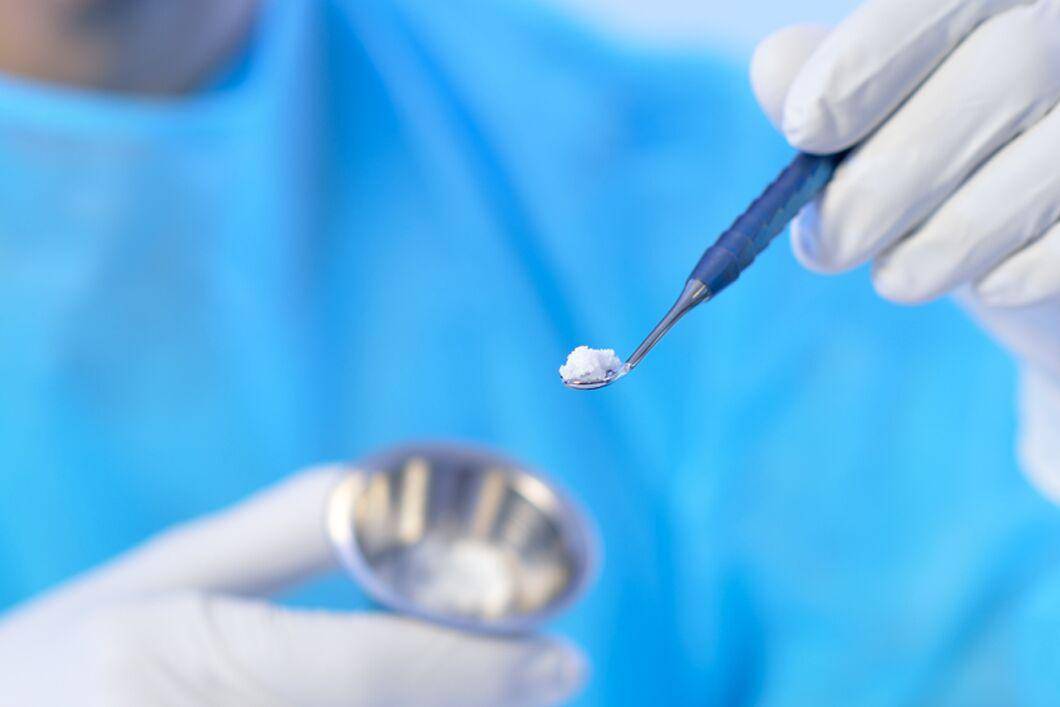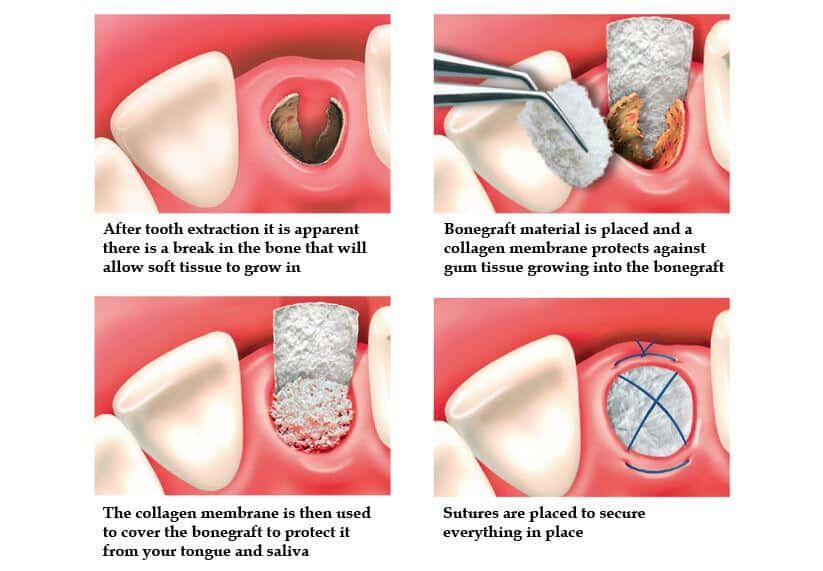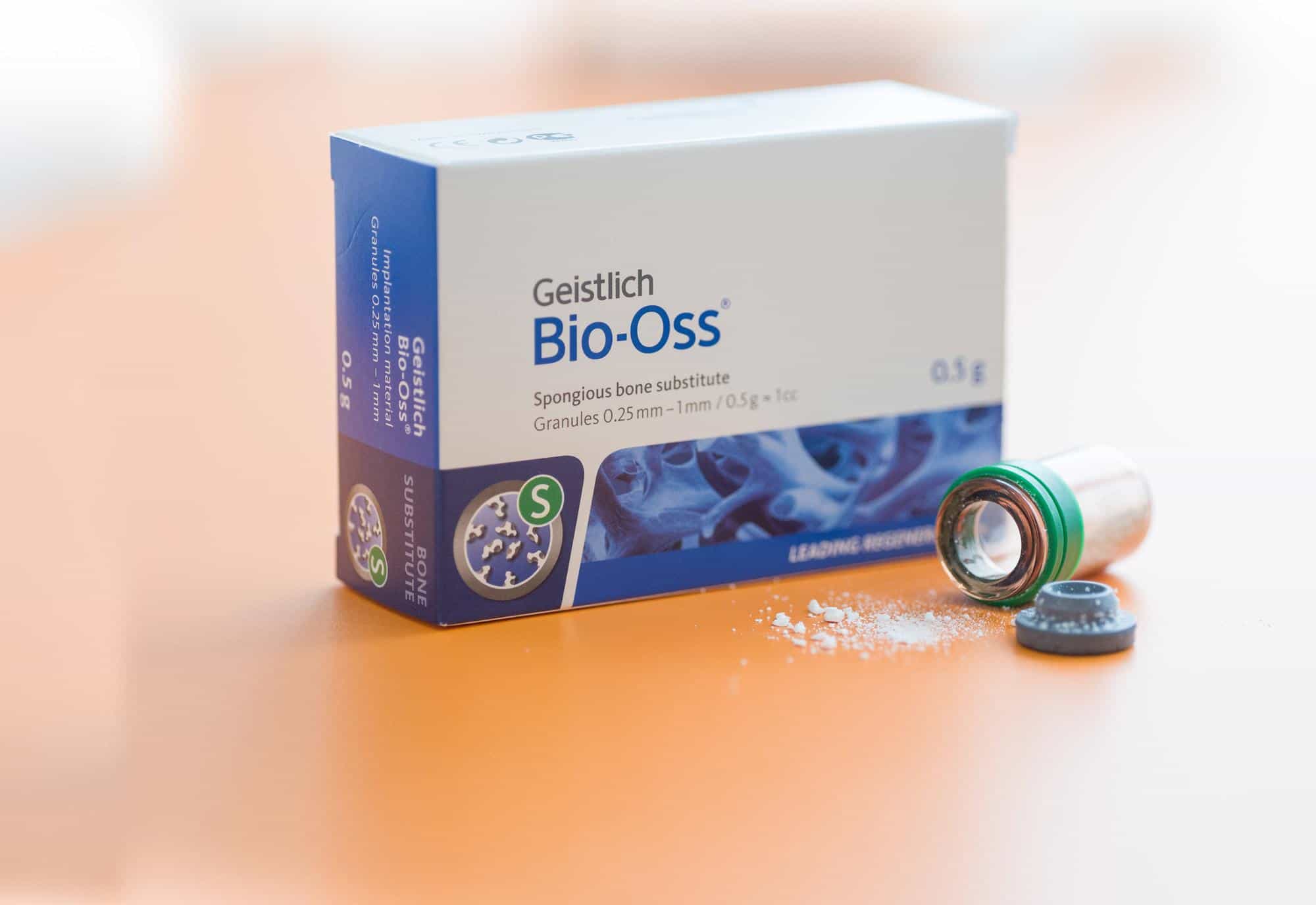What is a Bone Graft?
Bone grafting is a procedure during which additional bone (this is the bone graft) is inserted into your jawbone to create extra volume (height and width) of bone.
Bone grafting is usually done when there is not enough bone for a dental implant to be inserted and when bone is lost in cases of severe gum disease. Very often, gum grafting is also done concurrently with bone grafting procedures.

What causes bone loss?
There are a few possible reasons for jawbone loss:
- Tooth loss: Gum tissue grows faster than bone, thus when a tooth is lost, the gum invades the socket before the bone has a chance to regrow. Over time, the surrounding bone and gum also shrink because no biting force is present to maintain bone density when the tooth is absent.
- Gum (periodontal) disease
- Root canal infections/abscesses
- Bone cysts, tumours or metastatic cancers.
- Trauma
Are there different types of Bone Grafts?
- Autogenous bone grafts: derived from your own bone, which is harvested from another area of your body such as your chin or other areas of the body (the hip). Used when larger graft volume is needed.
- Allogenic bone grafts: bone harvested from a human cadaver which has been sterilized and processed to remove all proteins and leave behind only the mineral particles.
- Xenogenic bone grafts: bone harvested from another species (usually cow bone) that has been sterilized and processed to remove all proteins and leave behind only the mineral particles.
At Elite Dental Group, we generally use Autogenous and Xenogenic bone grafts . These bone grafts stimulates your own body to produce more native bone in addition to bulking up the grafted site.

When is bone grafting done?
Bone grafting is normally done in conjunction with extractions (socket preservation) and guided tissue regeneration for surgical treatment of severe gum disease.
Bone grafting is also done when implants are being placed. A major bone graft may need 3-6 months to heal before implants can be placed in the area.
Bone grafting is always done under local anaesthesia. Large grafts may require general anaesthesia and is done in a hospital OT setting or alternatively under intra-venous sedation done in our practice.
[su_button url="other_services" style="default" background="#003853;" size="6" wide="yes" center="yes" radius="0"]TO SERVICES[/su_button]





